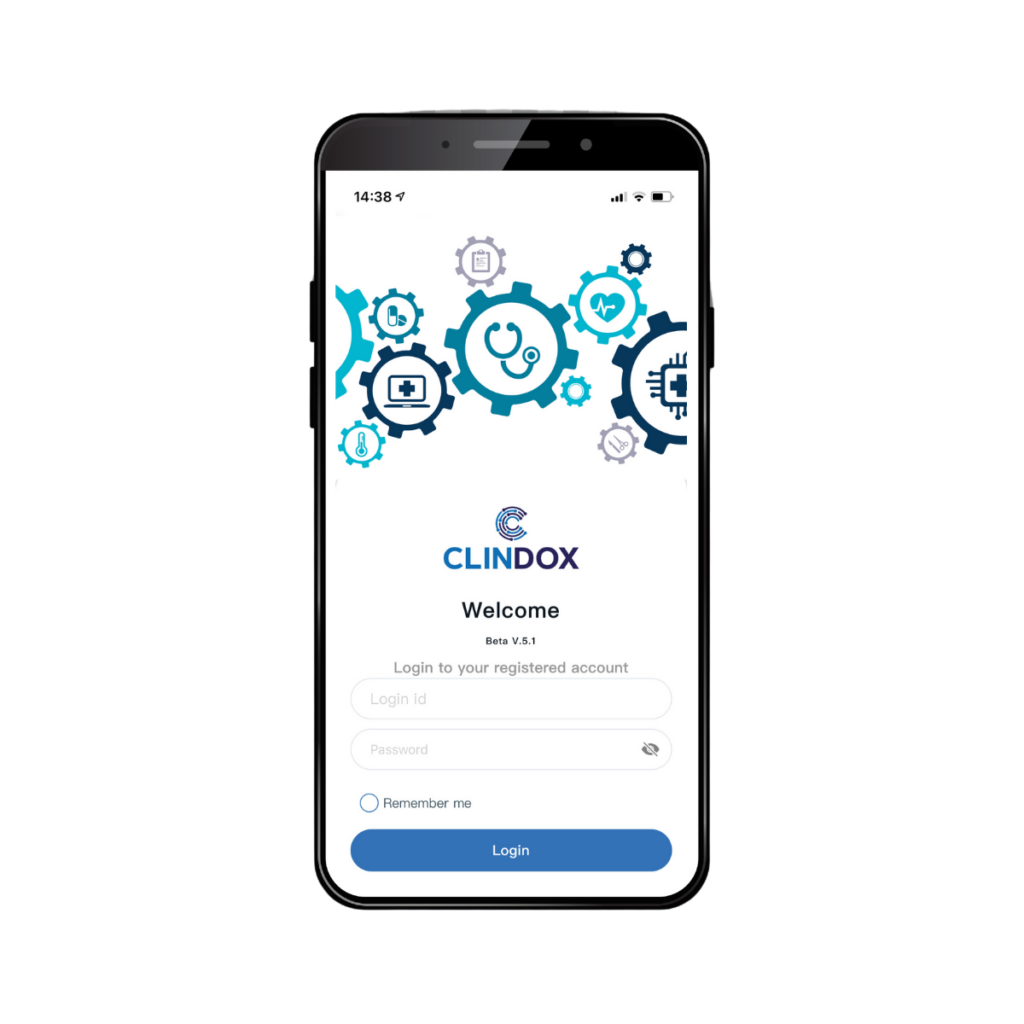PMCF surveys
Whilst randomised clinical trials and registries provide higher levels of evidence, they may not always be realistic or even possible to carry out for certain devices. For yet other devices – particularly in the lower risk classes – they may not be strictly required under MDR PMCF regulations.
Patient or subject surveys may well be an acceptable alternative for such devices, and these are attractive as they are generally less expensive, onerous and time consuming when compared with the alternatives. Below, we explain the basics principles underpinning the design of a PMCF survey.
Developing your PMCF Survey questionnaire
It’s been a common misconception that surveys are not usually an acceptable data collection method for PMCF. Historically, though, surveys have been rejected not as method per se, but because question quality fails to pass muster with the Notified Body.
Surveys are most useful when they are used to gather safety and performance data from patients or subjects – providing of course that the sample size has been correctly calculated and that in the event, the survey is successfully administered to a viable number of respondents.
First things first; it’s important to undertake a thorough literature review to establish whether a previously validated questionnaire exists that could be repurposed for use with your device.
A “validated” questionnaire is a questionnaire (or scale) that has previously been developed and administered to a group of patients or subjects exploring comparable safety and efficacy metrics across a cohort representative of your intended respondents. There are standard and well understood processes for validation that need to have been conducted and completed on a correctly calculated representative sample. If a questionnaire exists in a different language, the translated questionnaire will need to be validated in the new language. Validated, standardized questionnaires deliver reliable, well-structured datasets that are easily analysed. The need for data cleansing and other processing activities such as merging text answers will also be minimised. All in all, using a previously validated questionnaire – if possible – will save an awful lot of time and money.






